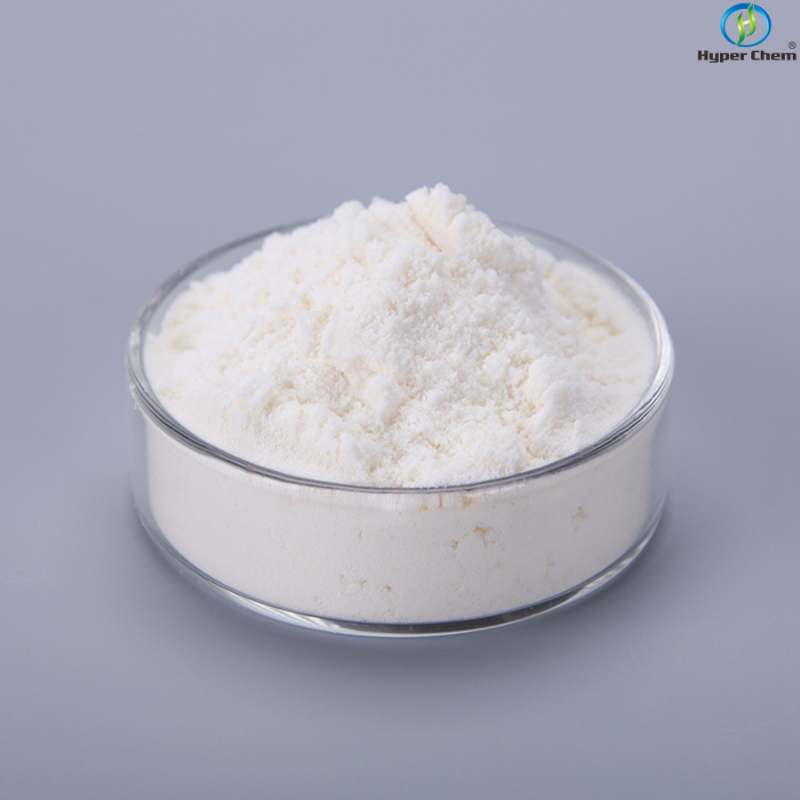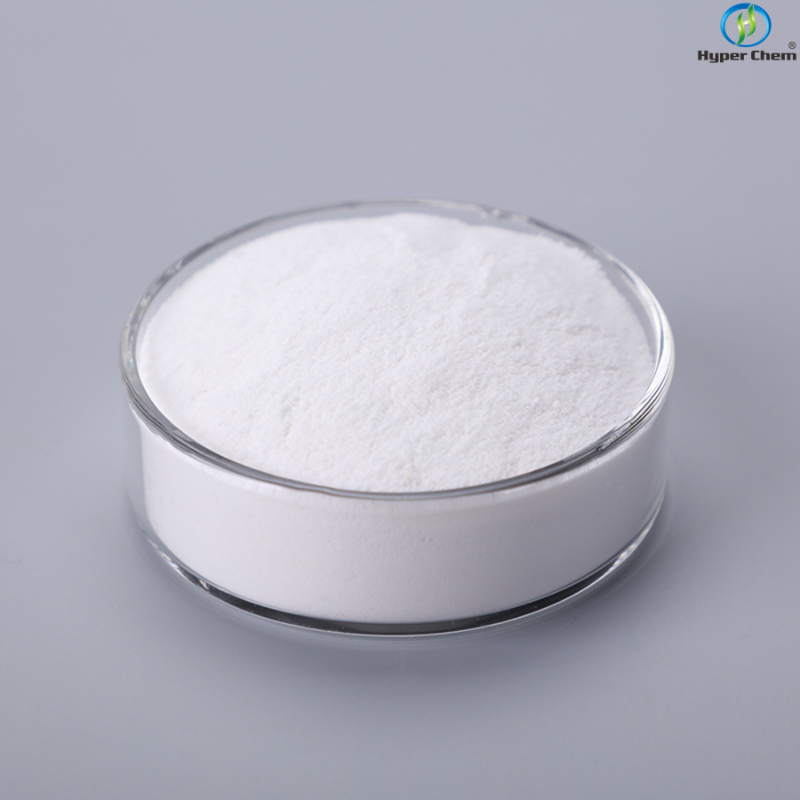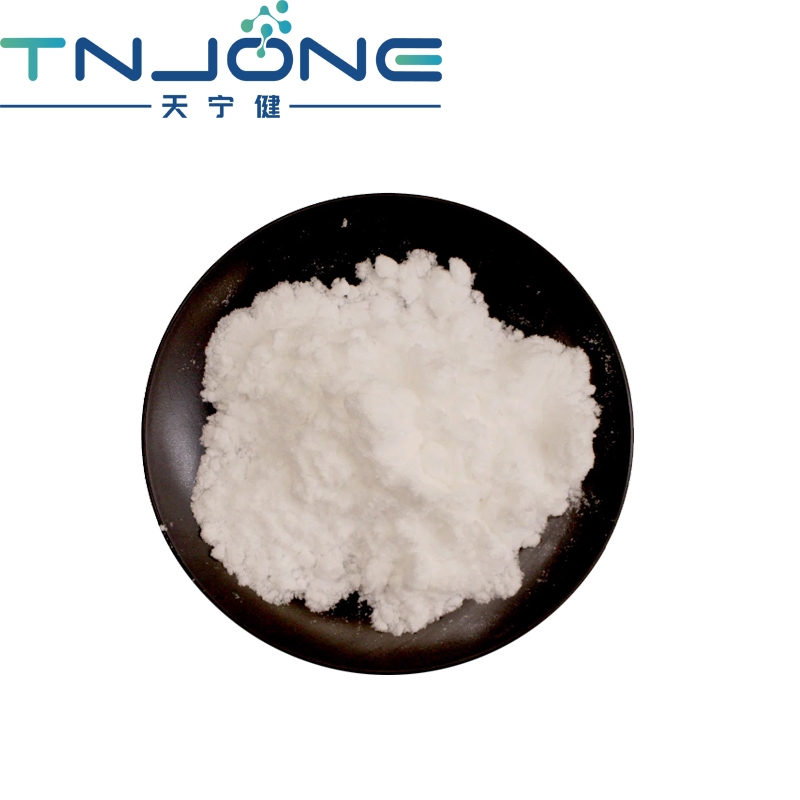-
Categories
-
Pharmaceutical Intermediates
-
Active Pharmaceutical Ingredients
-
Food Additives
- Industrial Coatings
- Agrochemicals
- Dyes and Pigments
- Surfactant
- Flavors and Fragrances
- Chemical Reagents
- Catalyst and Auxiliary
- Natural Products
- Inorganic Chemistry
-
Organic Chemistry
-
Biochemical Engineering
- Analytical Chemistry
-
Cosmetic Ingredient
- Water Treatment Chemical
-
Pharmaceutical Intermediates
Promotion
ECHEMI Mall
Wholesale
Weekly Price
Exhibition
News
-
Trade Service
Follicular lymphoma (FL) is the most common indolent non-Hodgkin lymphoma with complex disease biology and significant clinical heterogeneity
.
Most FL patients have a median survival of more than 18 years, but some patients relapse rapidly or are refractory to standard treatments
.
Through the recognition of high-risk clinical factors and biological characteristics during diagnosis and treatment, more susceptible or poor prognosis patients can be identified, which can help reduce the occurrence of poor prognosis
.
Unlike solid tumors, the treatment of lymphoma (especially FL) patients is still mostly based on empirical therapy, that is, based on anti-CD20/chemotherapy combination therapy
.
So, how can clinicians and scholars use the knowledge of adverse prognostic factors to personalize the treatment of FL patients? In the case of long survival of most patients, by designing a risk-adapted treatment strategy, patients can achieve clinical benefit
.
Personalized treatment based on risk stratification may help patients prone to progression and early death
.
It would also avoid overtreatment of at-risk patients and inadvertently jeopardize an otherwise favorable prognosis
.
In October 2021, in the Journal of Clinical Oncology, Luminari et al reported long-term results from the FOLL 12 study, which explored response-adaptive maintenance therapy after first-line induction of FL versus standard maintenance therapy with rituximab in patients with advanced FL.
's curative effect
.
This is an important attempt to modify treatment based on risk factors associated with FL outcomes (using minimal residual disease [MRD] and imaging)
.
But the study did not meet the primary endpoint
.
In January 2022, Professor Carla Casulo published an editorial article on the FOLL 12 study in the Journal of Clinical Oncology, saying that although the study did not meet the primary endpoint, it opened the door to future use of personalized approaches to limit lymphoma progression
.
FOLL 12 Study Design The FOLL 12 study was a multicenter study that included previously untreated patients with stage II or higher-grade FL who had a high tumor burden
.
A total of 807 patients were randomized prior to treatment to receive 6 cycles of rituximab, cyclophosphamide, doxorubicin, vincristine, prednisone, or rituximab plus bendamustine for induction treatment, followed by 2 cycles of rituximab
.
Patients were stratified by FLIPI scores 1-2 and 3-5
.
The investigators hypothesized that the greatest influence on prognosis was through increased intervention in patients with the highest risk of survival, defined as those with positive molecular assessment and metabolic imaging (MRD) and positive PET (not achieving complete metabolic remission [CMR]).
On the basis of evidence of persistent disease
.
This concept builds on the recognition that a positive PET at the end of first-line therapy is a marker of poor prognosis in FL and evidence of residual disease in peripheral blood or bone marrow
.
At the same time, the investigators attempted to limit interventions to patients with favorable prognosis, especially those with negative CMR and MRD
.
The study was designed with a control group in which all patients with a good response (partial metabolic remission or CMR), regardless of MRD status, received standard rituximab maintenance therapy every 2 months for 2 years
.
The trial groups were divided into 2 PET-negative groups and 1 PET-positive group: (1) PET-negative (CMR) and MRD-negative patients were observed; (2) rituximab was administered to PET-negative (CMR) and MRD-positive patients until MRD negative (up to 4 doses)
.
PET-positive (non-CMR) patients received 90Y-labeled CD20 monoclonal antibody Ibritumomab Tiuxetan and rituximab maintenance therapy every 2 months for 2 years
.
The initial primary endpoint was to assess whether maintenance therapy based on fluorodeoxyglucose-PET and MRD remission resulted in longer PFS compared to standard maintenance therapy with rituximab
.
However, after finding that CMR and molecular-level remission were high in both groups, the investigators found this to be an unlikely hypothesis to confirm
.
Therefore, this study was changed to a noninferiority design to assess whether PFS was shorter in the control group compared with the experimental group
.
In total, 744 patients completed induction therapy and were eligible for remission
.
The overall response rate (ORR) in 712 patients was 96% (95% CI, 94-97)
.
However, after a median follow-up of 53 months, even with a non-inferiority design, adjusted for FLIPI2 and induction type, the risk of progression in the experimental group remained higher than in the control group, with a 3-year PFS rate of 86% in the experimental group.
was 72% (95% CI, 67-76)
.
In summary, in-depth evaluation and analysis of the research methods and results of each experimental group is required
.
To assess MRD, Luminari et al.
employed a real-time quantitative polymerase chain reaction (PCR) assay for targeted detection of IGH/BCL2 gene rearrangements in peripheral blood and bone marrow using a standardized protocol, the gold standard for MRD determination in FL
.
PCR works by using primers to detect tumor-specific DNA sequences and subsequently amplify those sequences
.
Numerous studies have demonstrated the utility of MRD assessment in assessing patient outcomes in FL
.
However, PCR-based assessment was limited to patients with t(14;18)
.
But only about 60% of patients have identifiable molecular markers, so up to 40% of FL patients are not eligible for MRD evaluation
.
In the FOLL 12 study, 300 of 712 patients (42% of those who responded to induction therapy) had no molecular markers available for MRD testing, which may have implications for the trial arm
.
With the advent of next-generation sequencing methods, it is possible to identify immunoglobulin genes in tumor tissue or blood by identifying circulating tumor cells or DNA shed into blood/plasma (circulating tumor DNA)
.
In addition, somatic genetic alterations can be detected using the ultrasensitive CAPP-SEQ (cancer-personalized profiling by deep sequencing) method
.
Although current research has focused on diffuse large B-cell lymphoma and mantle cell lymphoma, this and other new techniques have promise in FL
.
In addition, the benefit of rituximab maintenance therapy as consolidation therapy after FL induction was demonstrated in the PRIMA and GALLIUM phase III studies, both of which demonstrated prolonged PFS in patients
.
The trial arm in the FOLL 12 study tested this method according to patients' MRD status
.
In FOLL 12, there were only 51 MRD-positive patients in the control group
.
Of these, 32 (62%) patients became MRD-negative after standard rituximab maintenance therapy
.
In contrast, 76 patients in the trial arm were MRD-positive, 46 of whom received rituximab maintenance therapy, and 26 of 46 patients (57%) subsequently achieved MRD-negative status
.
In addition, compared with MRD-positive patients in the control group, the 3-year PFS rate of patients with rituximab maintenance therapy was lower than that of MRD-positive patients (P < 0.
001)
.
In addition, some MRD-negative patients developed lymphoma progression and MRD recurrence after induction
.
Based on these results, Luminari et al.
propose that all responding patients should receive rituximab maintenance therapy because the experimental intervention in patients with negative CMR PET does not prevent disease progression
.
According to Professor Carla Casulo, standard rituximab maintenance therapy is the most promising approach to reduce the risk of lymphoma progression in responding FL patients
.
However, which patients should receive maintenance therapy remains an often debated issue and is weighed against the patient's age, potential toxicity, comorbidities, and response to first-line therapy
.
For example, infectious complications (including grade 3-5 infections) have been reported in the GALLIUM study, a randomized study comparing otuzumab-based immunotherapy with rituximab-based immunotherapy
.
Serious infections occurred more frequently in patients receiving bendamustine, but most occurred during the maintenance phase of treatment
.
The full spectrum of maintenance therapy safety and adverse events may have been under-reported in FOLL 12, and the same limitations mentioned by the investigators may have reduced complications from this approach
.
Furthermore, neither FOLL 12 nor other RCTs have demonstrated a benefit in overall survival in patients with FL
.
This situation needs to be carefully weighed, given the cost and toxicity of long-term treatment
.
The more concerning question in FOLL 12 is not whether all patients should receive maintenance therapy, but how a strategy should be refined to determine which patients would benefit from de-escalation or intensification
.
Therefore, what is presented in FOLL 12 is not only a recommendation for maintenance rituximab
.
More importantly, it was shown that an adaptive-response treatment approach is feasible in a multicenter setting and that it is feasible to treat different risk groups with different treatments
.
So should the goals of follow-up risk adaptation research be broader? Professor Carla Casulo said that personalized treatment for patients needs to continue to be explored, and the FOLL 12 study is an effective model to build on the design of future clinical trials
.
Future studies should test next-generation sequencing approaches to collect more sensitive molecular markers at diagnosis in most patients, explore new maintenance treatment strategies, exploit the biological fragility of FL, limit treatment length and toxicity, and Incorporate patient-reported results
.
The treatment of FL is indeed on the threshold of change, and we look forward to precision therapy tailored to the state of remission as an evolving standard
.
Reference source: Carla Casulo.
Response-Adapted Therapy in Follicular Lymphoma: At the Threshold of a Precision Approach.
J Clin Oncol .
2022 Jan 25.
doi: 10.
1200/JCO.
21.
02477.
Click "Read the original text", we will make progress together







